Introduction to Chess and Go
Chess and Go are two of the world's oldest and most revered strategy games, each boasting a rich history and a deep strategic complexity. Chess, with its origins in India and subsequent evolution in Europe, is played on an 8x8 square board, using 16 pieces per player, each with unique movements. Go, believed to have been developed in China over 4,000 years ago, involves two players placing stones on a 19x19 grid, aiming to capture territory on the board.
Basic Rules and Gameplay
Chess
In chess, the objective is to checkmate the opponent’s king, which means putting the king in a position to be captured ('in check') from which there is no escape. The game starts with each player controlling an army of 16 pieces: one king, one queen, two rooks, two knights, two bishops, and eight pawns. The complexity of chess arises from the unique movements of each piece and the tactical demand of predicting and countering an opponent's moves.
Go
Go is fundamentally different in gameplay and strategy. The aim is to control more territory on the board than your opponent by the end of the game. Each player alternates turns placing black or white stones on the vacant intersections of a grid. Once placed, stones cannot be moved, although they can be captured and removed from the board if fully surrounded by the opponent’s stones. The open-ended nature of Go allows for a vast number of board positions, making it highly strategic and unpredictable.
Strategic Complexity
Chess and Go both require deep strategic thinking and foresight, yet their strategies are informed by distinct principles. Chess involves direct attack and defense of pieces, with games often decided through tactical skirmishes that lead to a gradual strategic advantage. In contrast, Go emphasizes a balance between multiple areas of engagement, requiring broad vision and the ability to adapt strategies based on shifting board dynamics.
Skill Sets and Learning Curve
Chess
Learning to play chess can initially be straightforward, given the finite number of pieces and moves. However, mastering chess demands a deep understanding of opening theories, endgame strategies, and an ability to recognize patterns. Advanced players often think several moves ahead, employing foresight and strategy formulation that can be daunting for beginners.
Go
Go is easy to learn in terms of rules but can be infinitely complex in practice. The learning curve can be steep as the strategy involves not just tactical skirmishes but also large-scale planning involving the entire board. Mastery requires an appreciation of subtle territory building and the insight to balance various potentially conflicting needs across the board.
Popularity and Cultural Significance
Both games have significant cultural followings and have been deeply embedded in the intellectual traditions of their respective cultures. Chess is often associated with Western strategic thinking, symbolizing war and conquest, reflected in its terminology and competitive emphasis. In contrast, Go is entwined with Eastern philosophies such as Taoism and Confucianism, emphasizing harmony, balance, and the gradual accumulation of advantage.
Competitive Play and AI Involvement
Chess and Go both serve as popular competitive sports with bustling communities around the world. The emergence of artificial intelligence has also profoundly impacted both games. Notably, IBM's Deep Blue defeated world champion Garry Kasparov in chess in 1997, and Google's AlphaGo defeated Go master Lee Sedol in 2016. These events not only revolutionized how the games are played at the highest levels but also how strategies are developed and learned.
Conclusion
While both chess and Go offer profound strategic depth and intellectual stimulation, they cater to slightly different mindsets and tactical preferences. Chess players might relish direct conflict and clear goals, while Go players might appreciate the beauty of complex, emergent patterns and long-term strategic planning. Both games are testaments to human intellectual achievement, offering endless opportunities for learning and mental growth.
Explore our large collection of luxurious chess sets!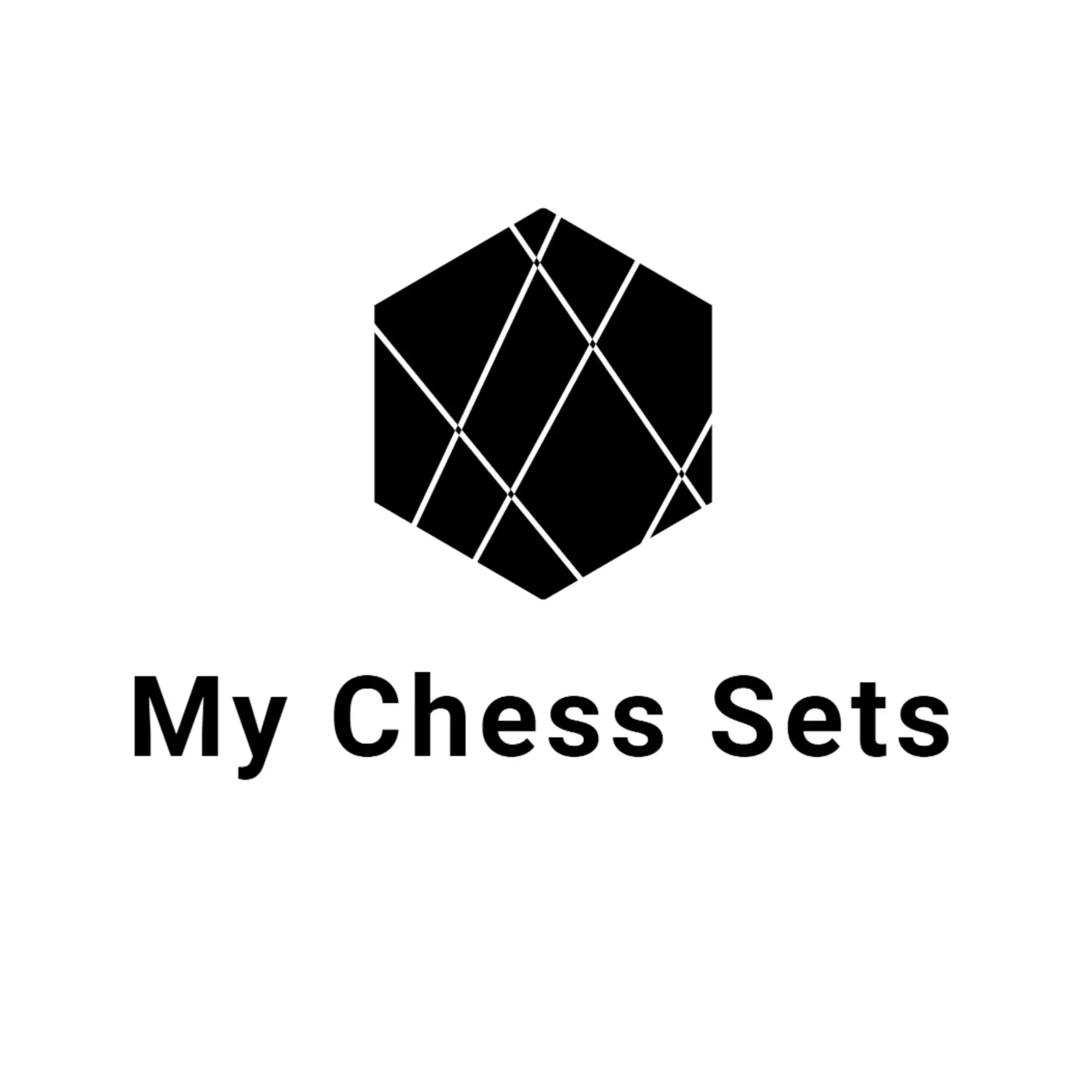
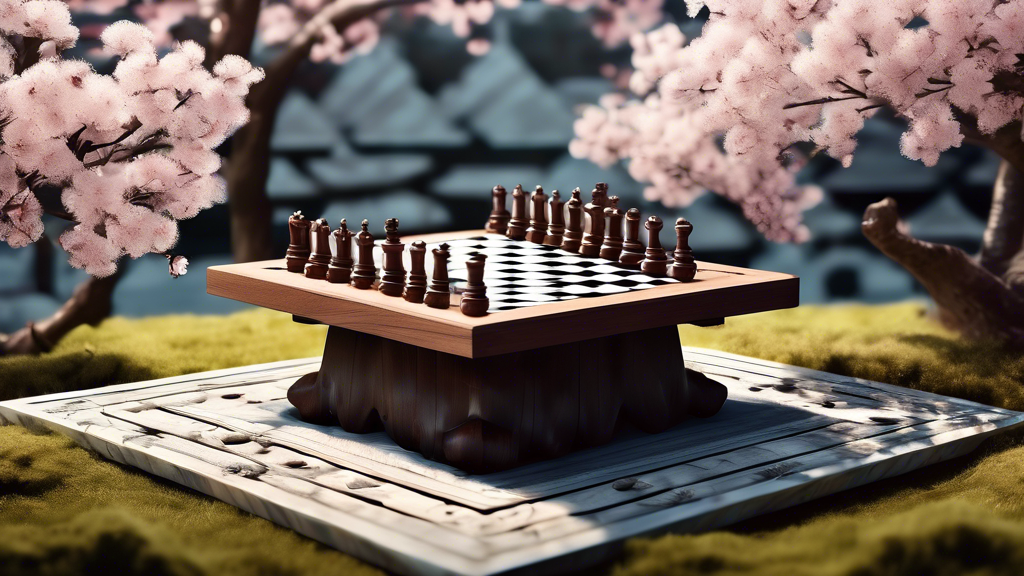
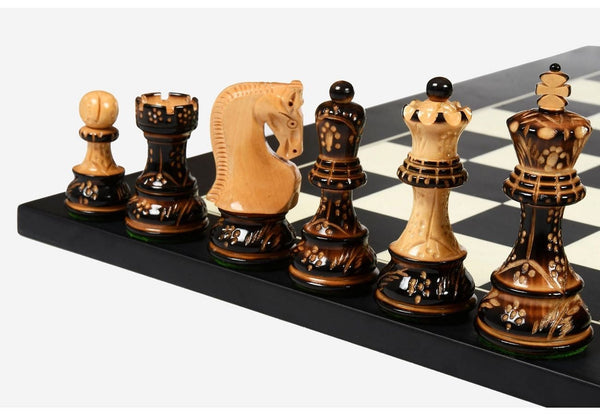
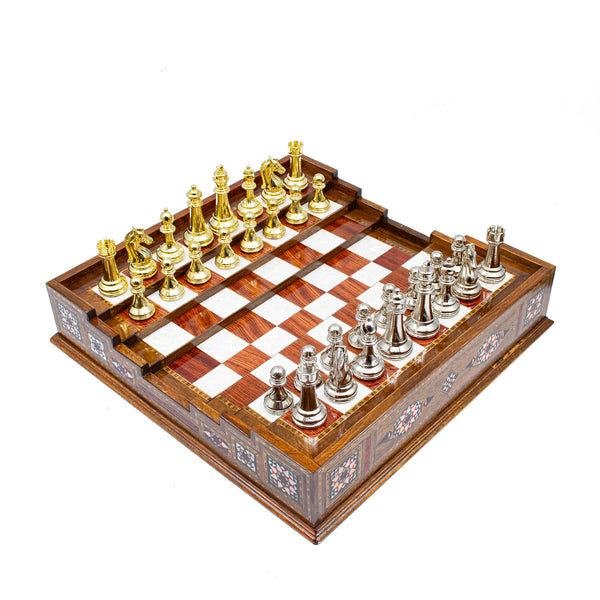

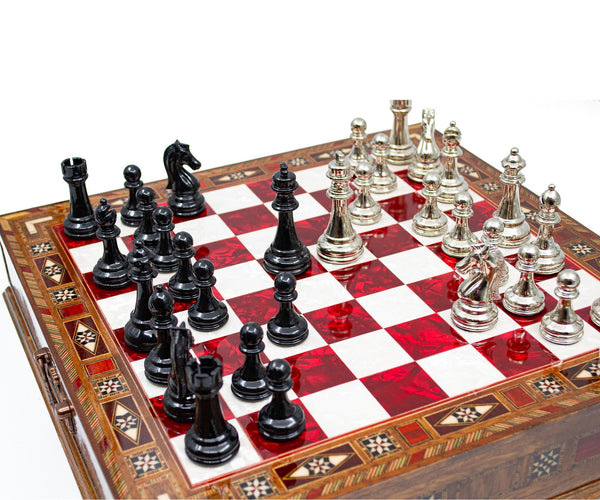
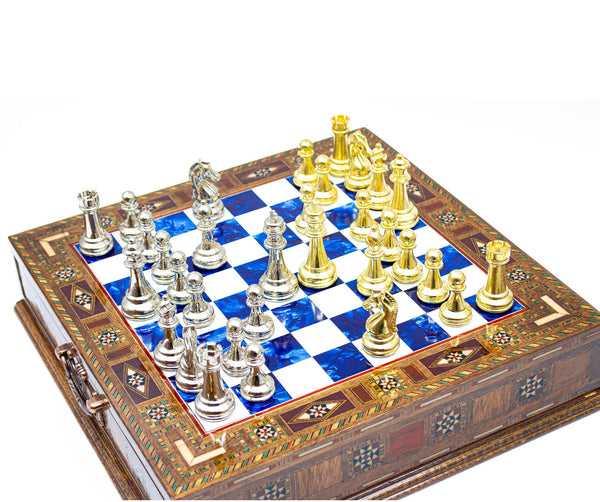
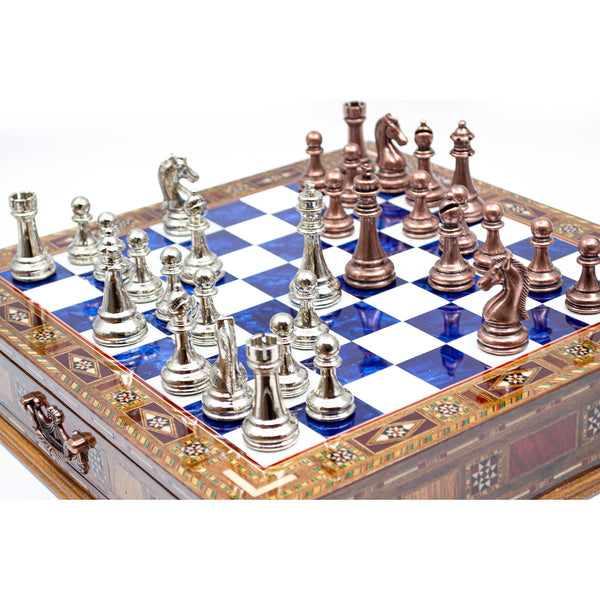
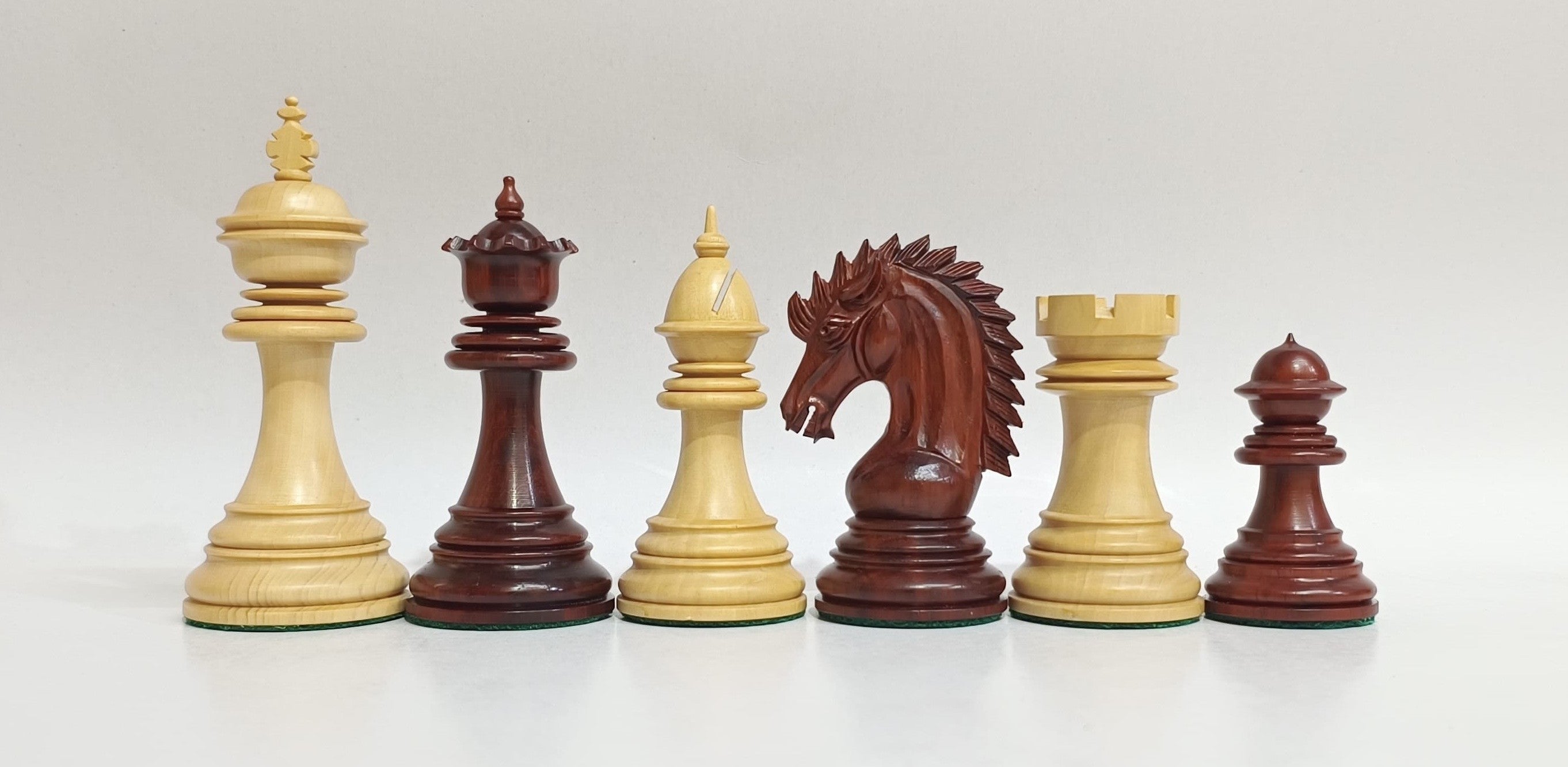
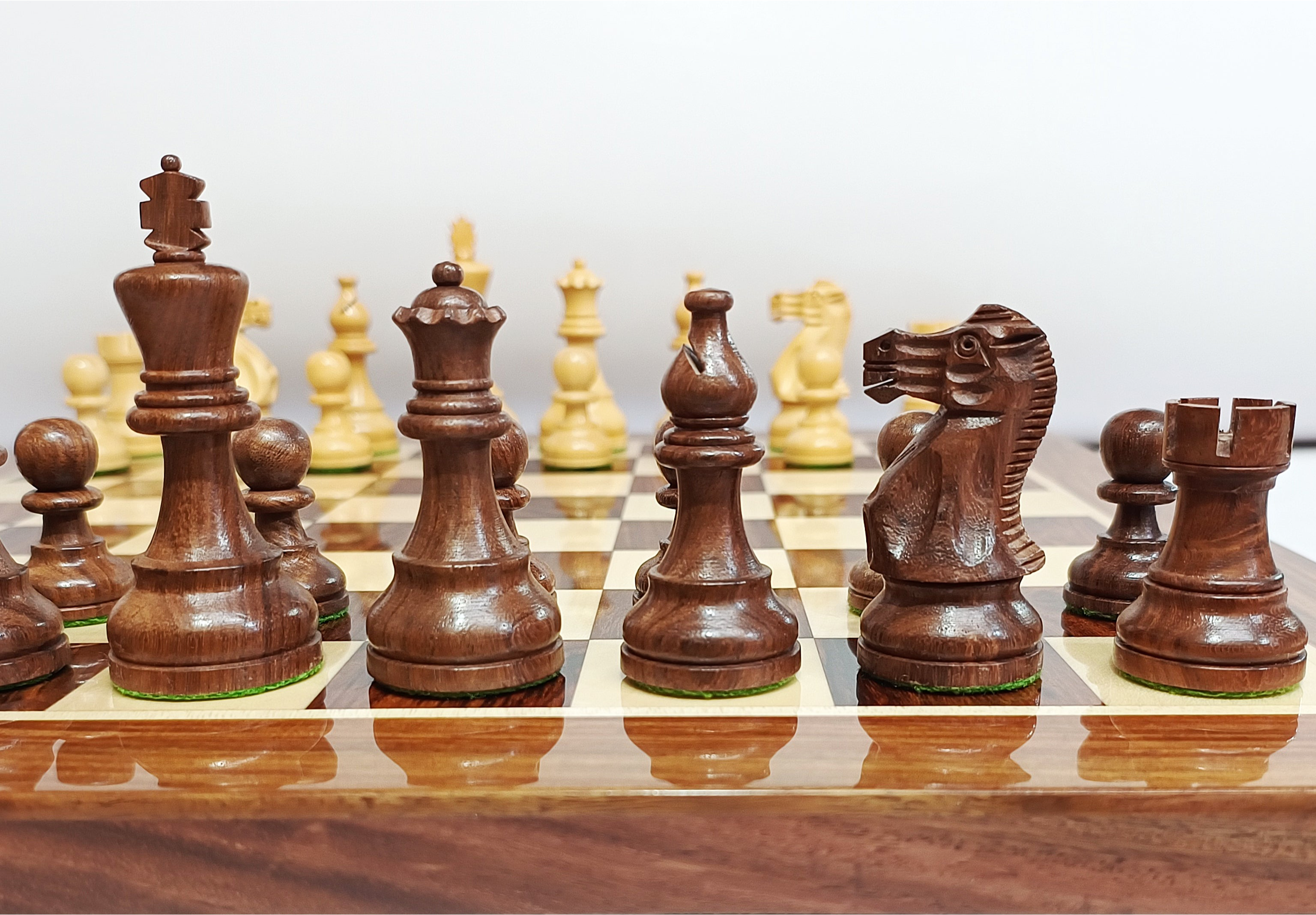
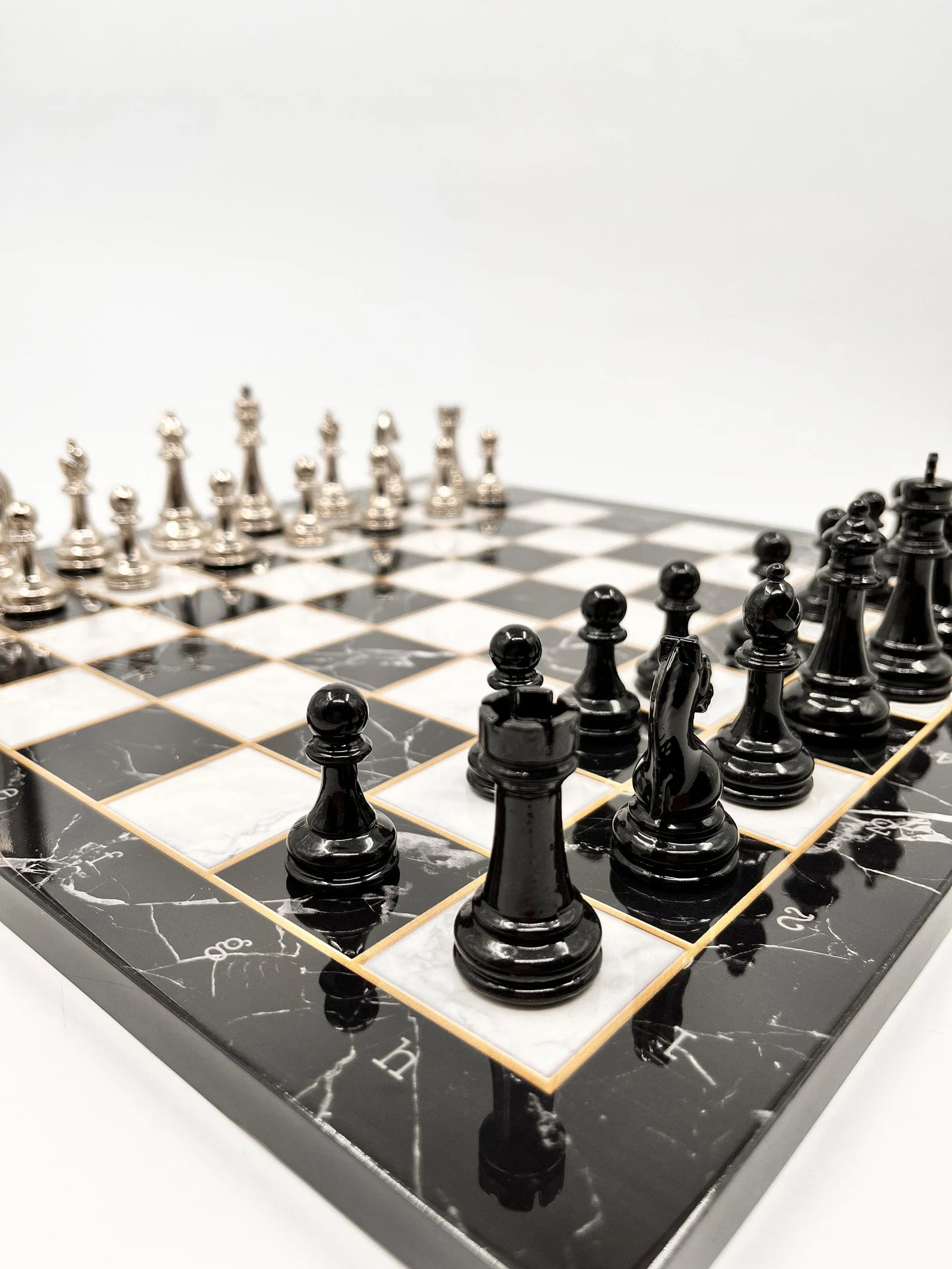
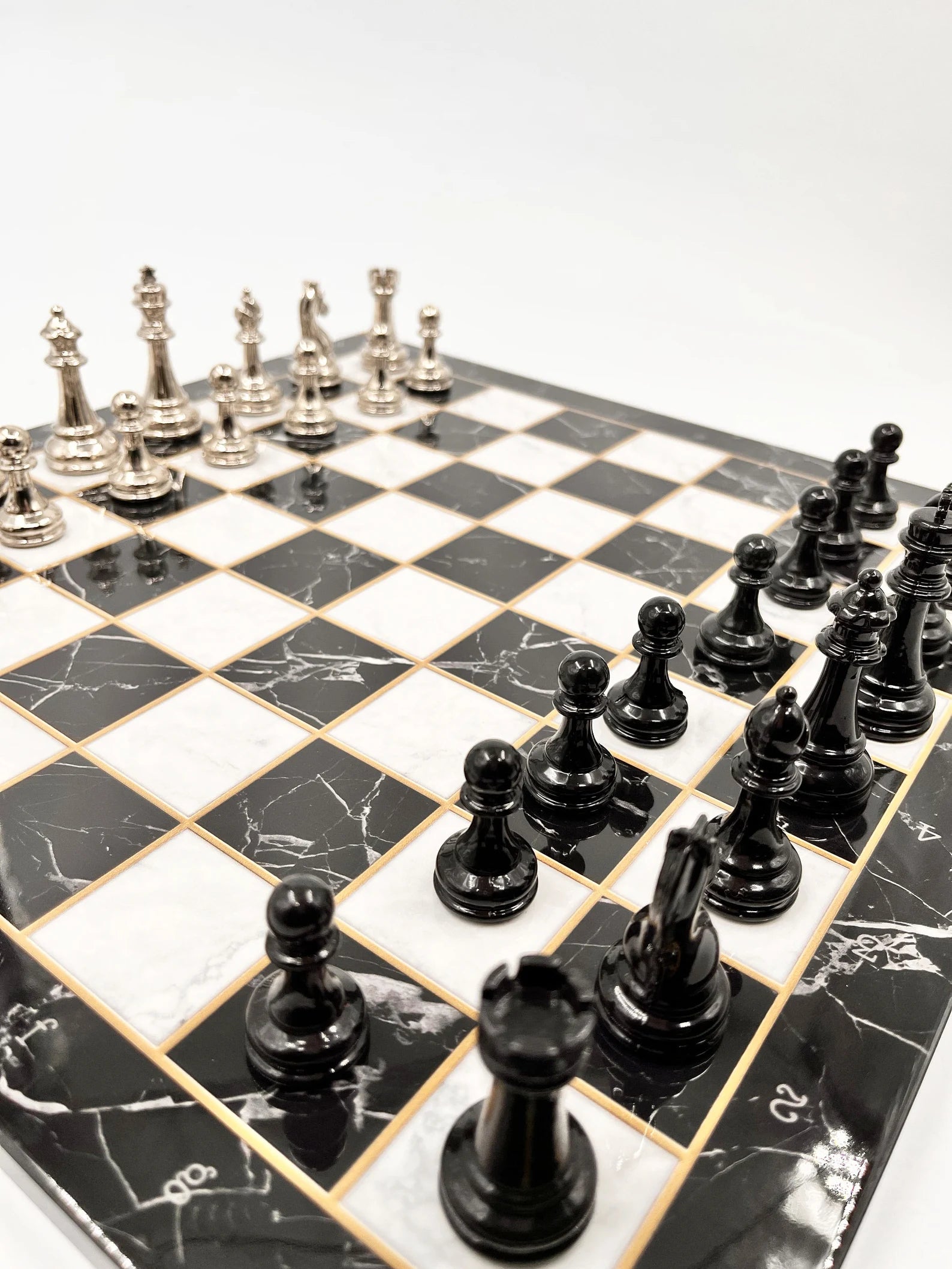
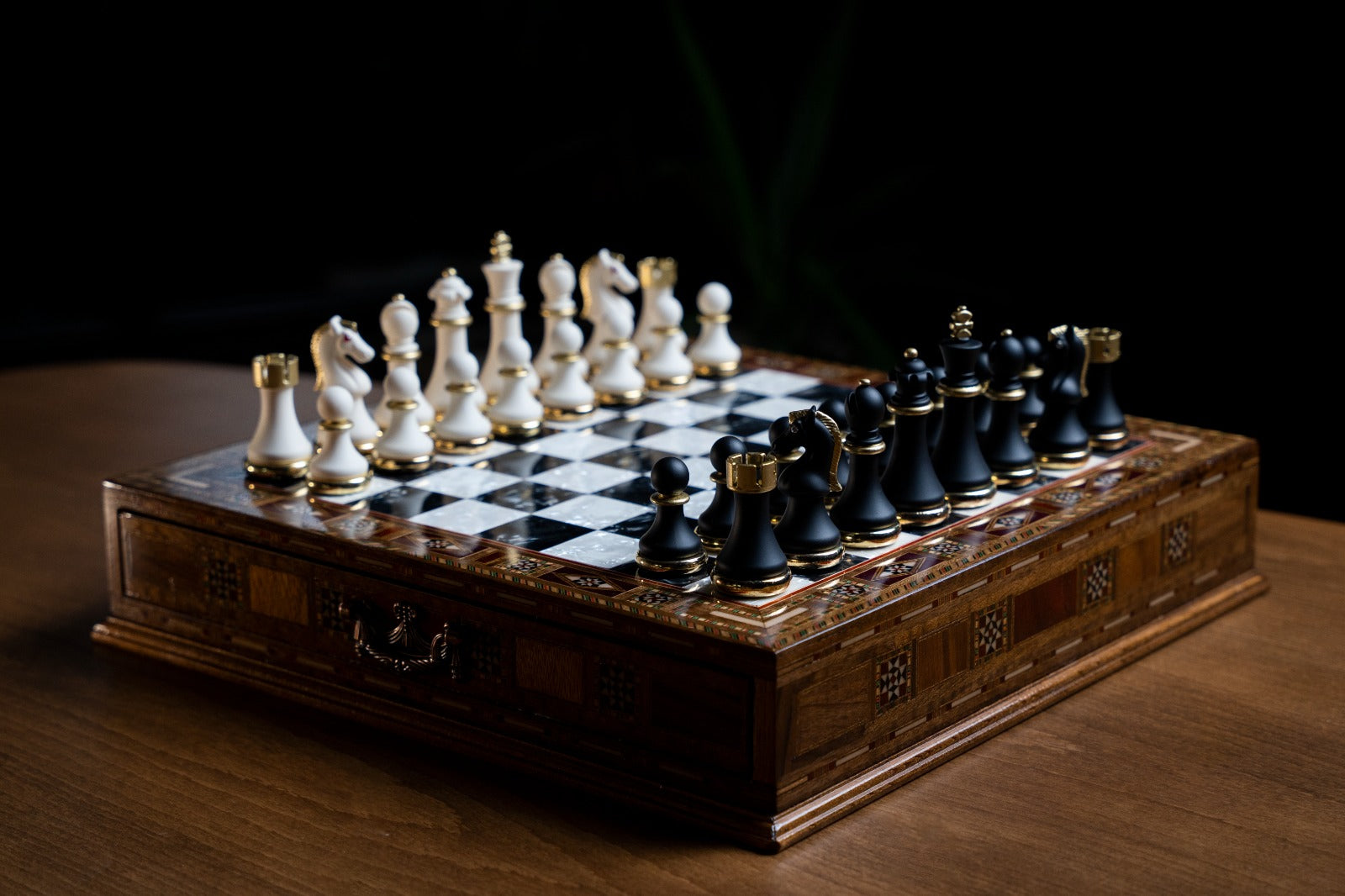
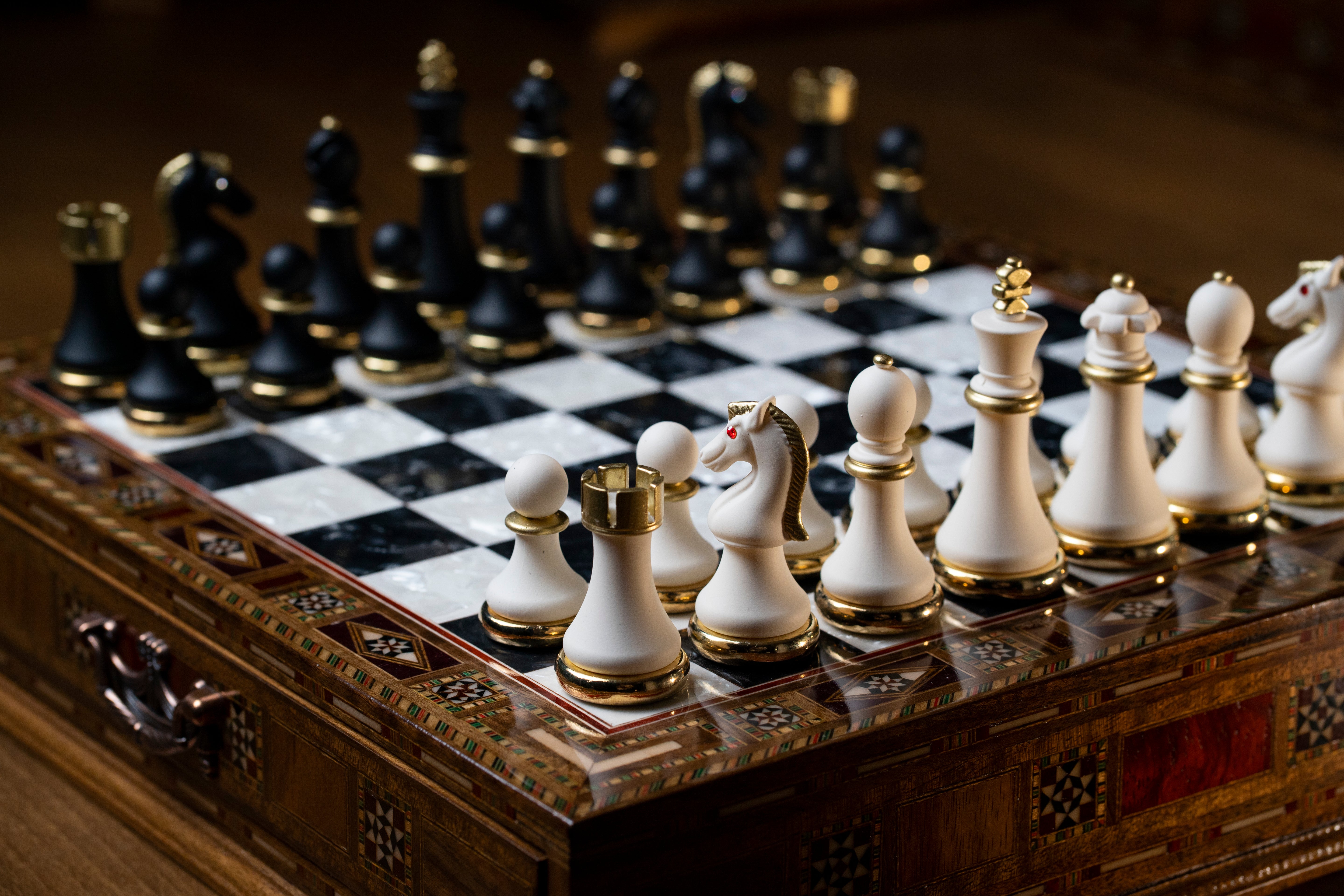
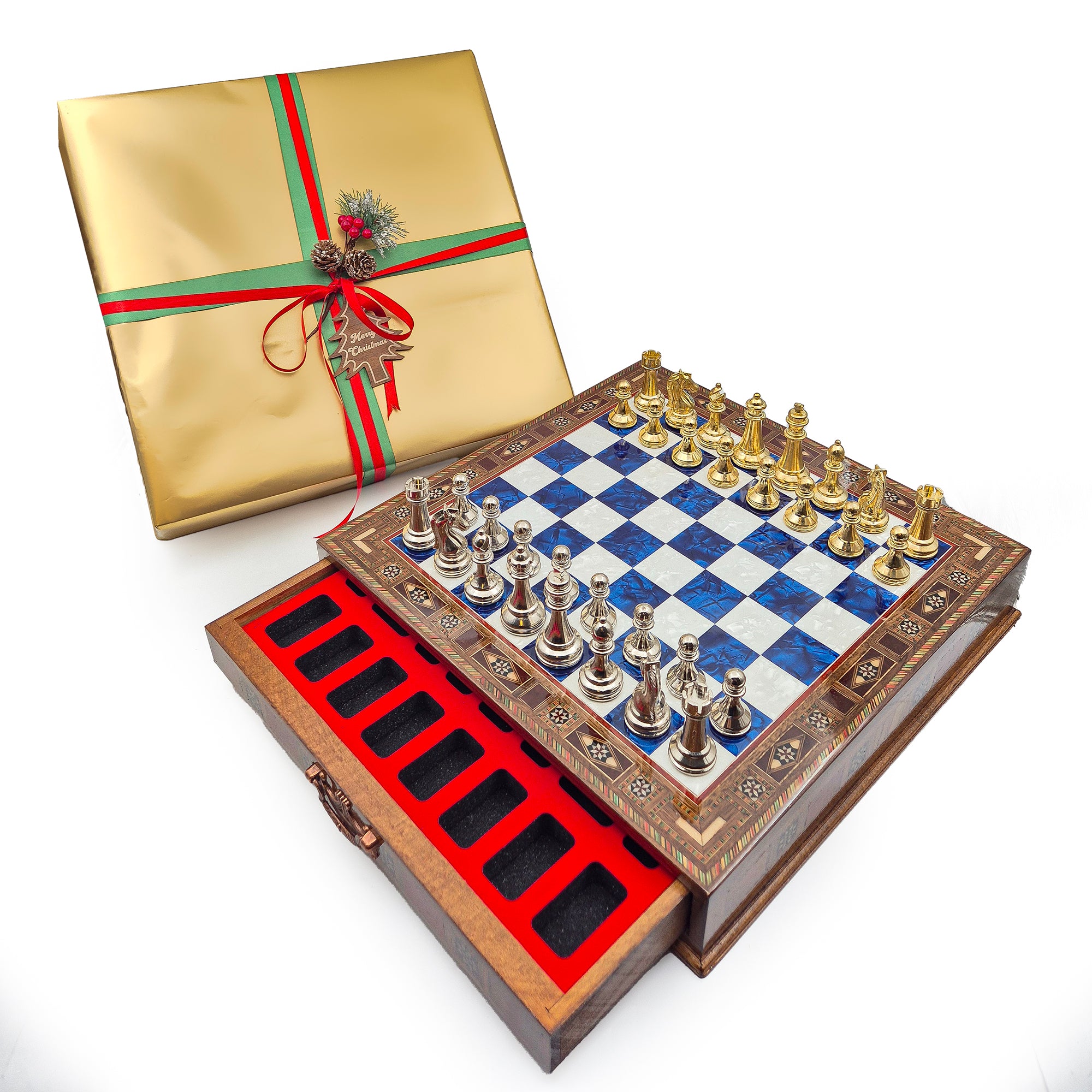


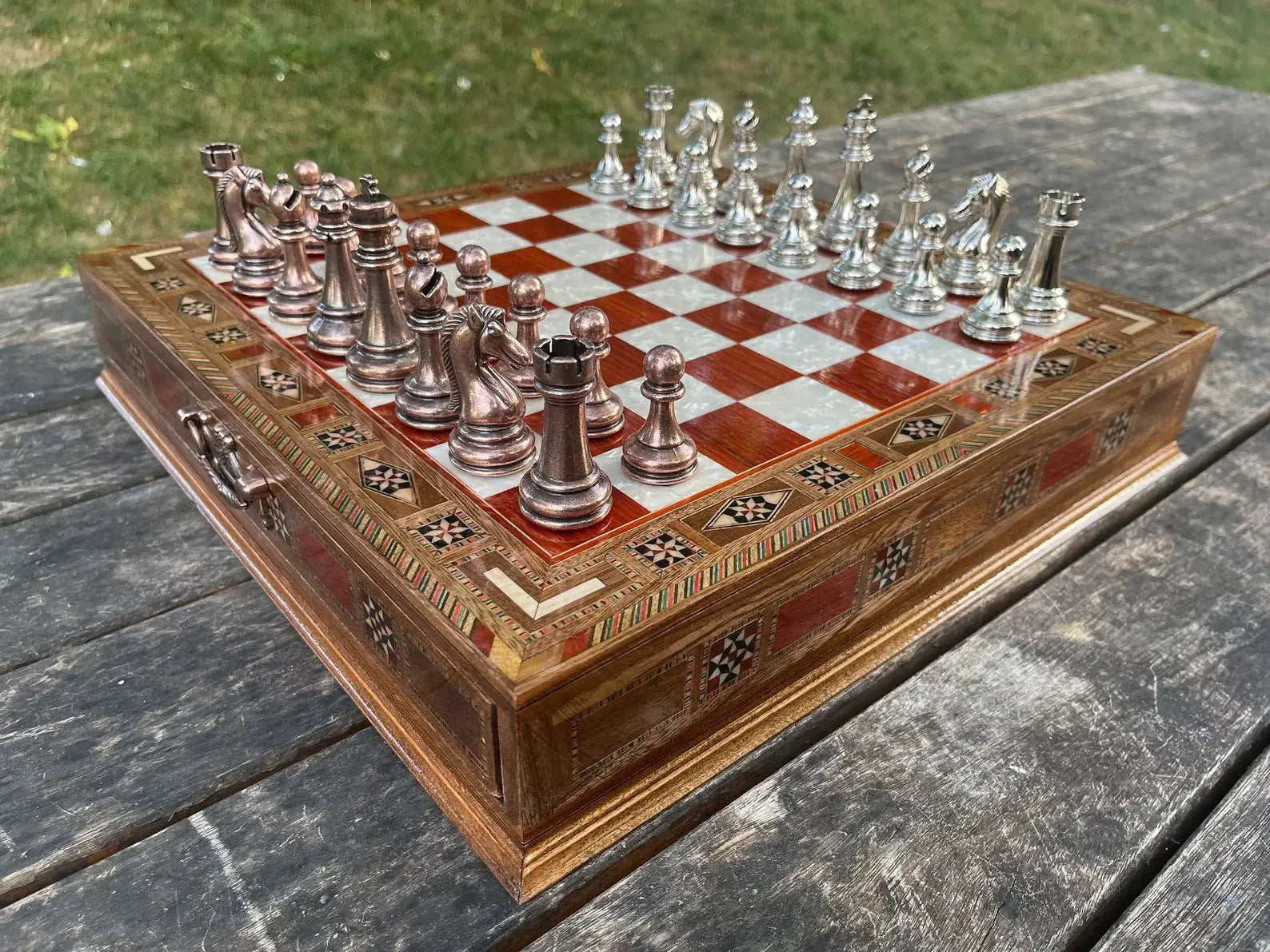
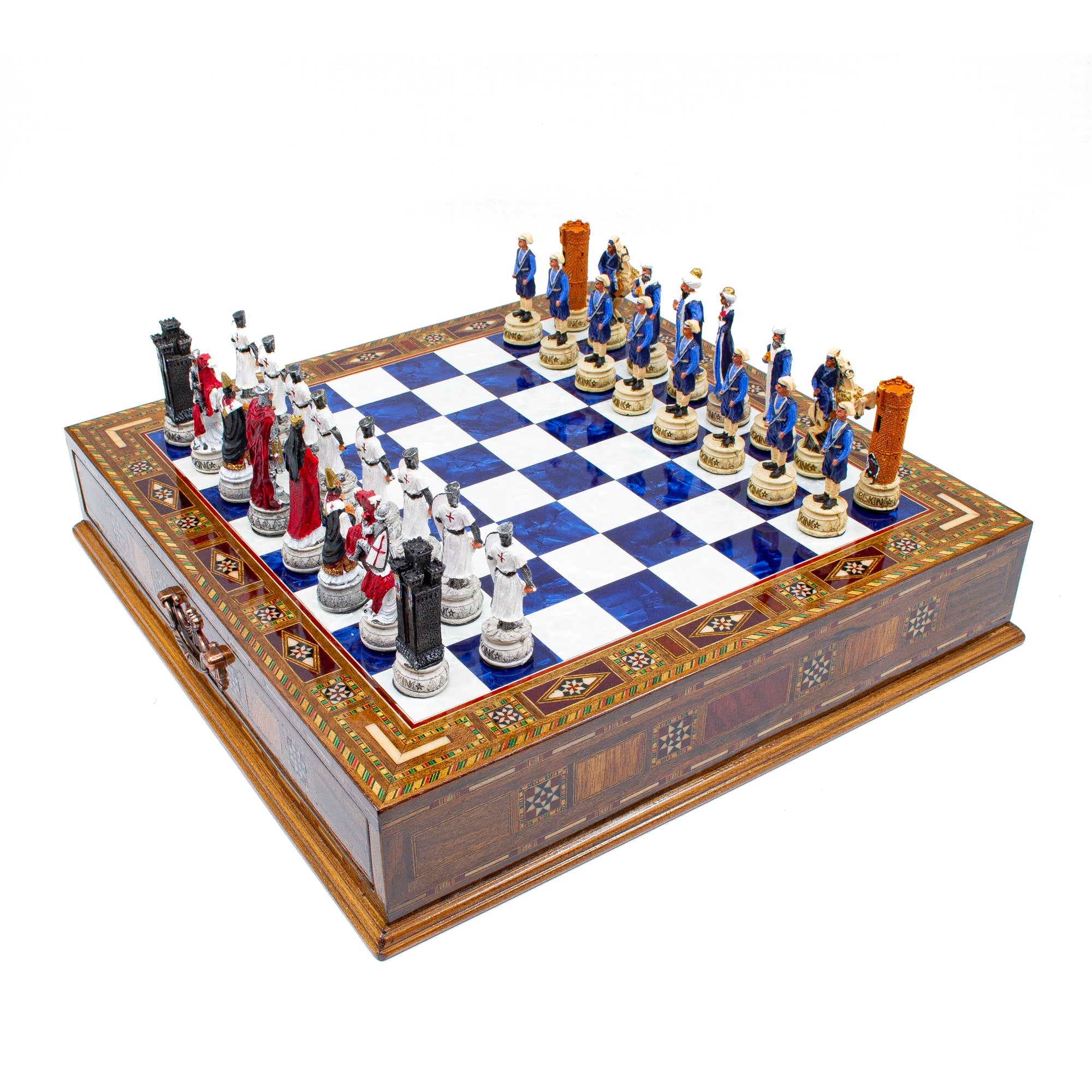
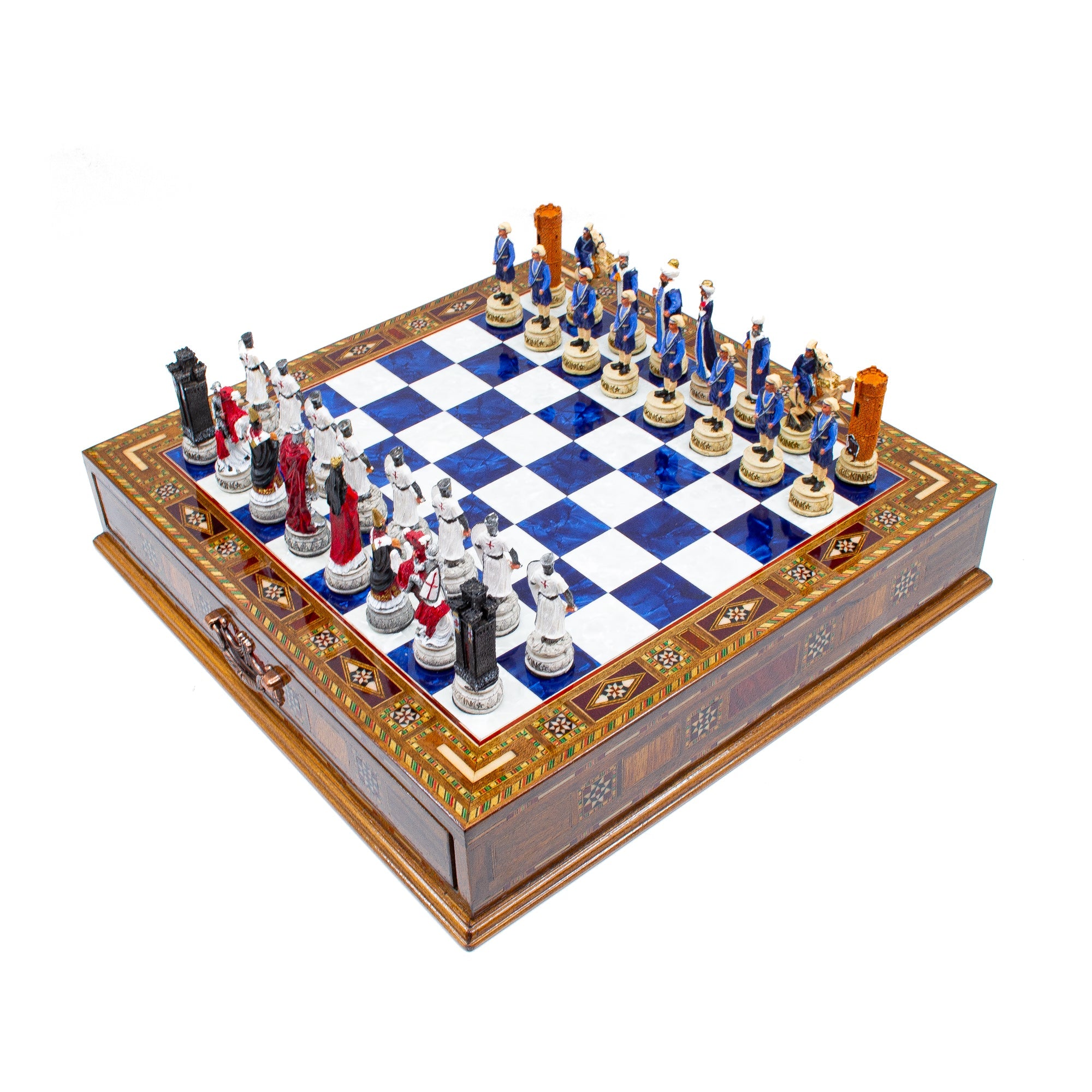
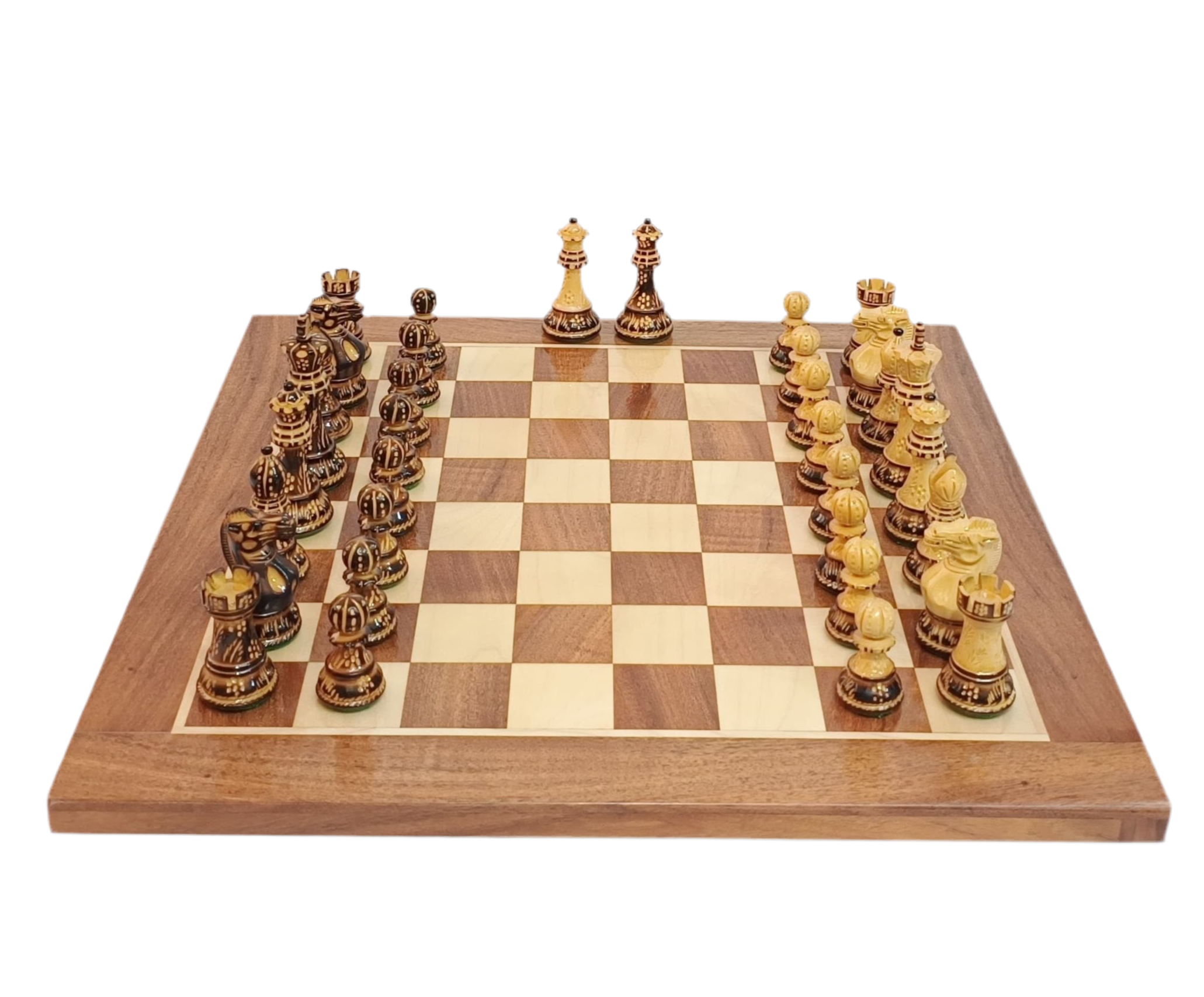
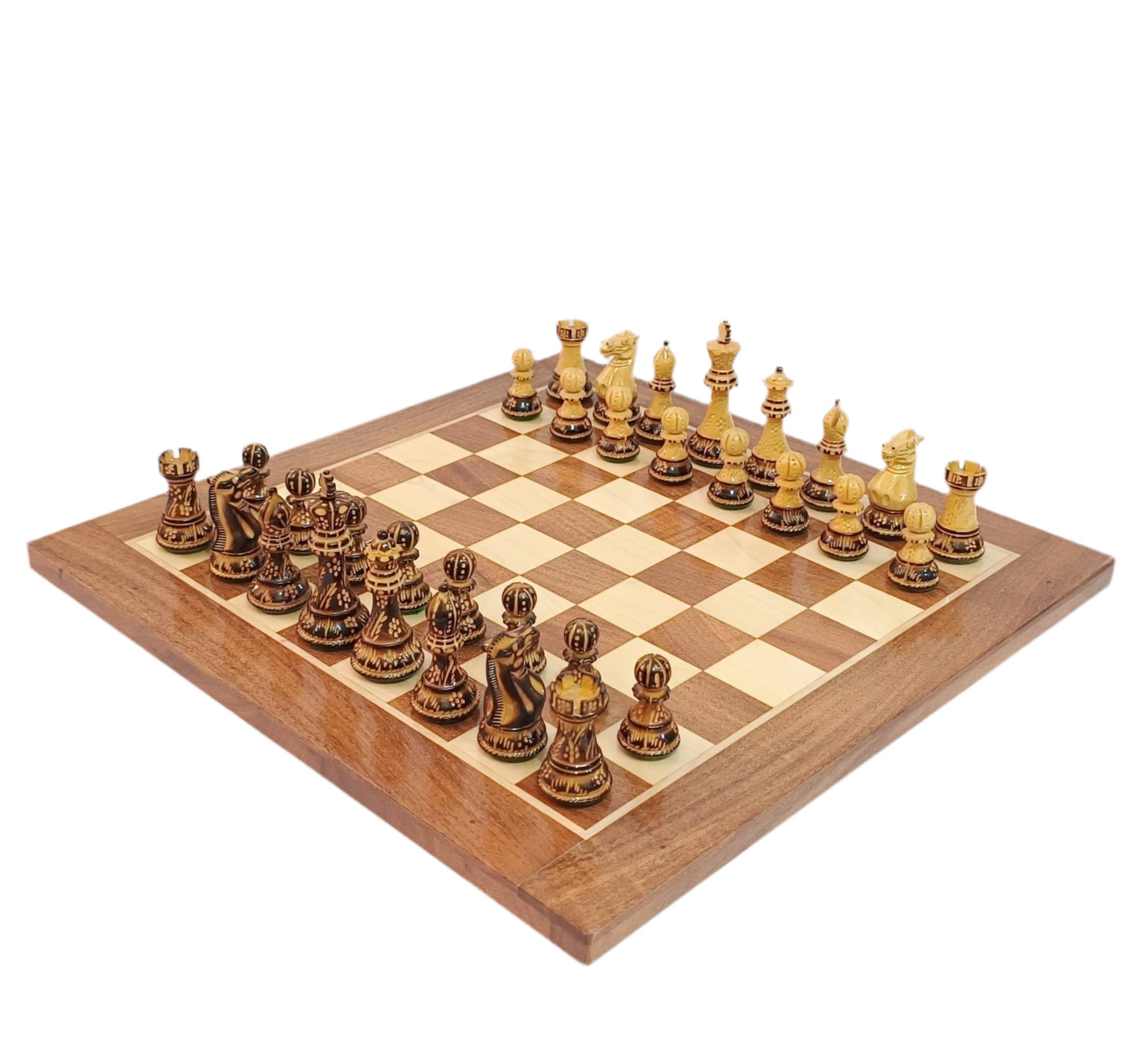

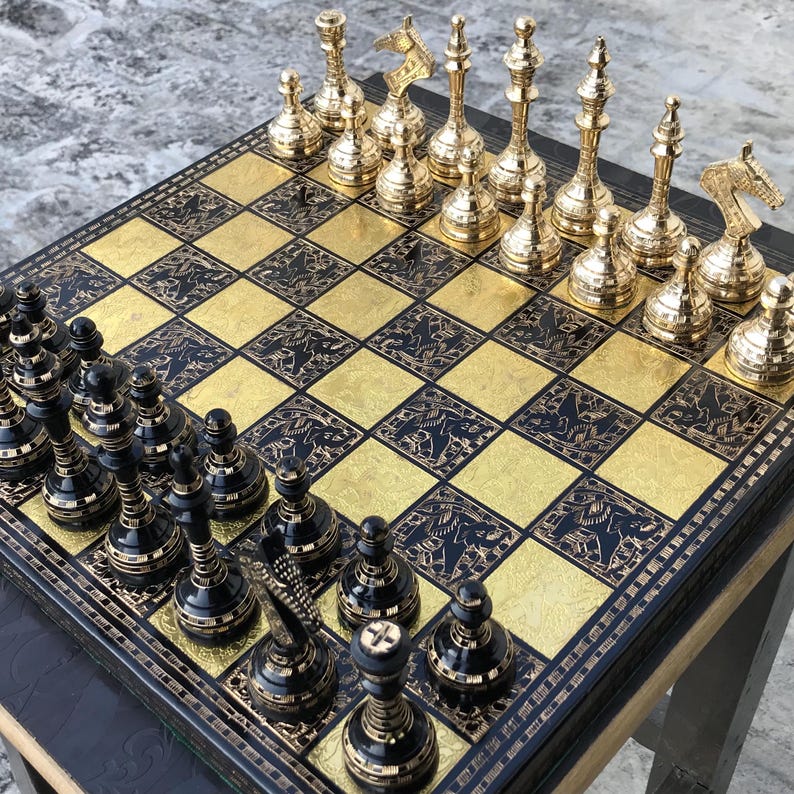


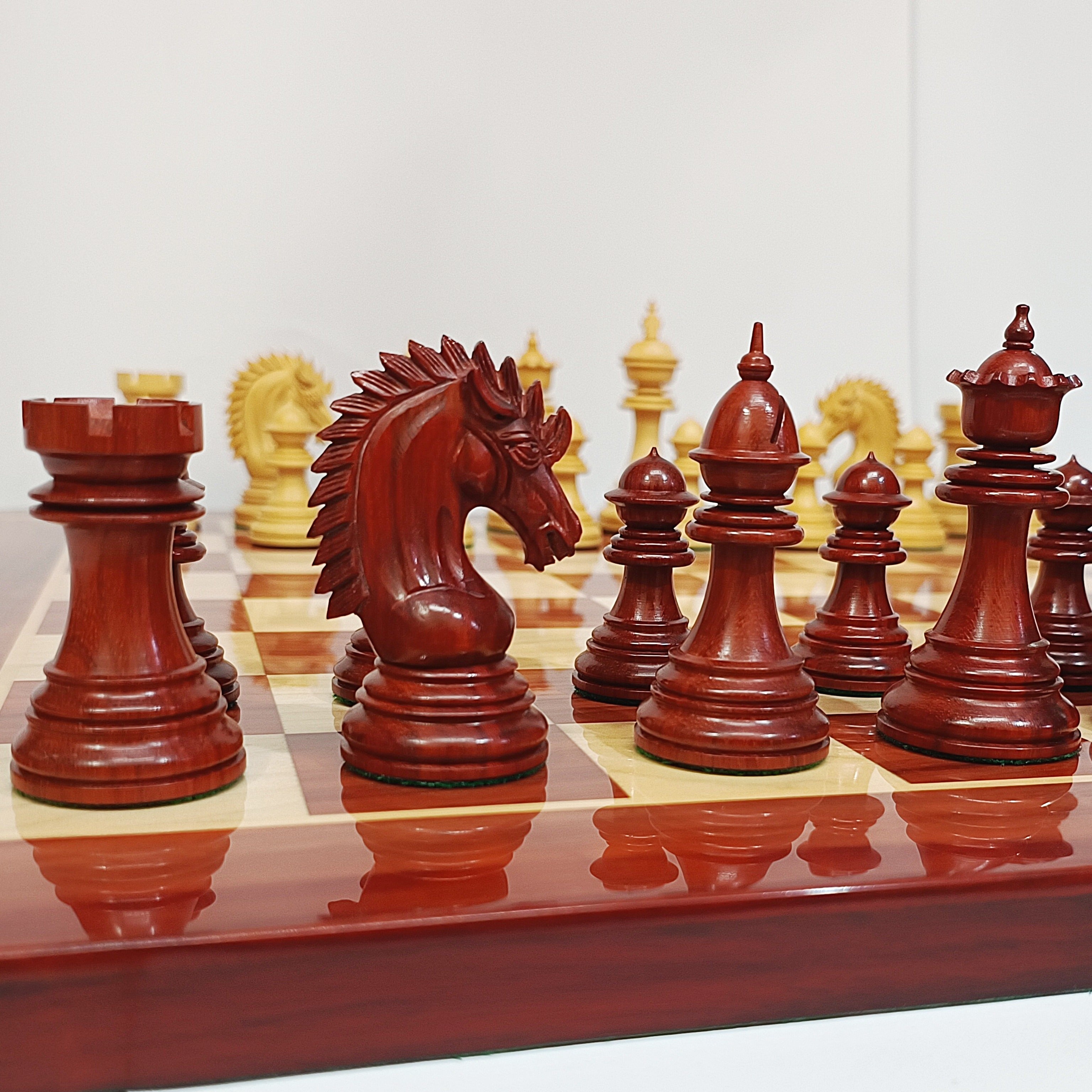
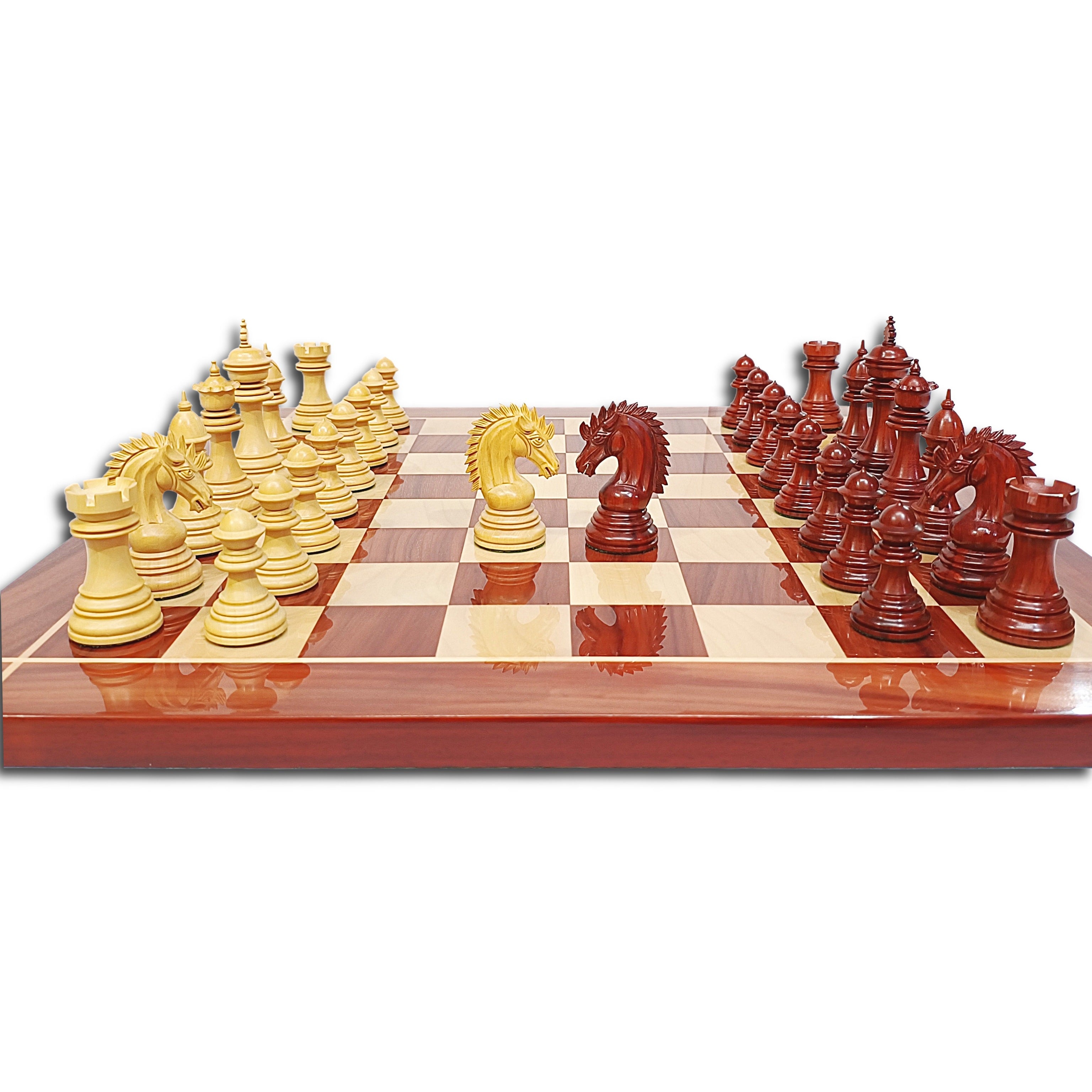
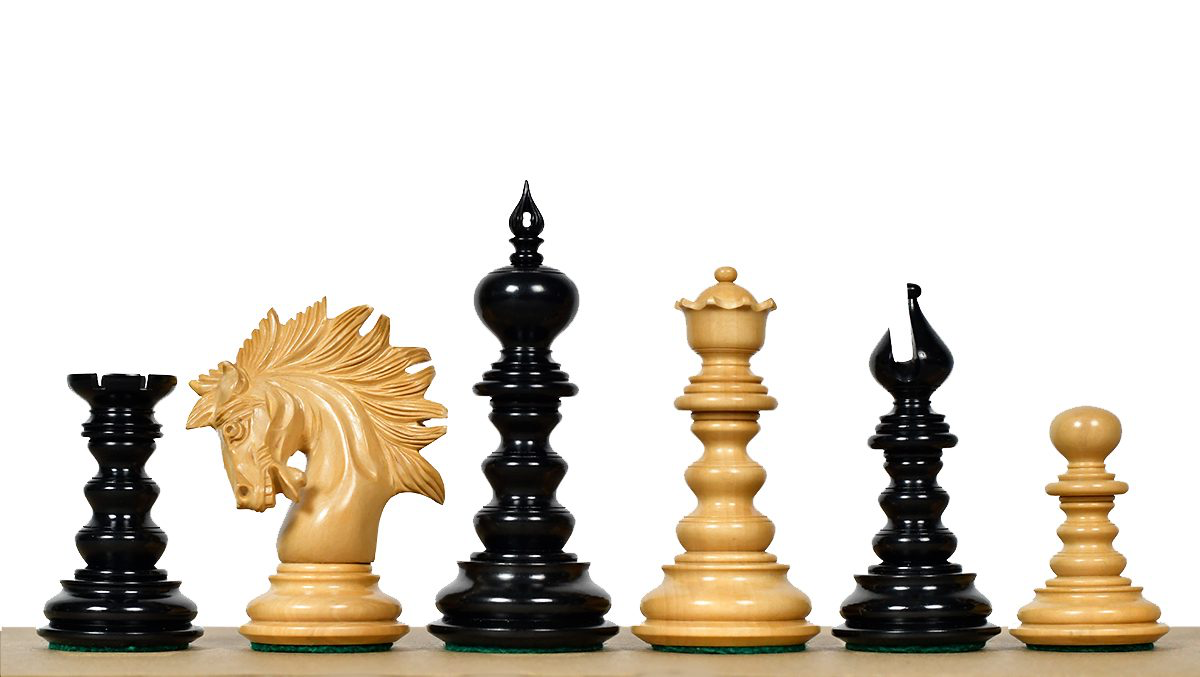
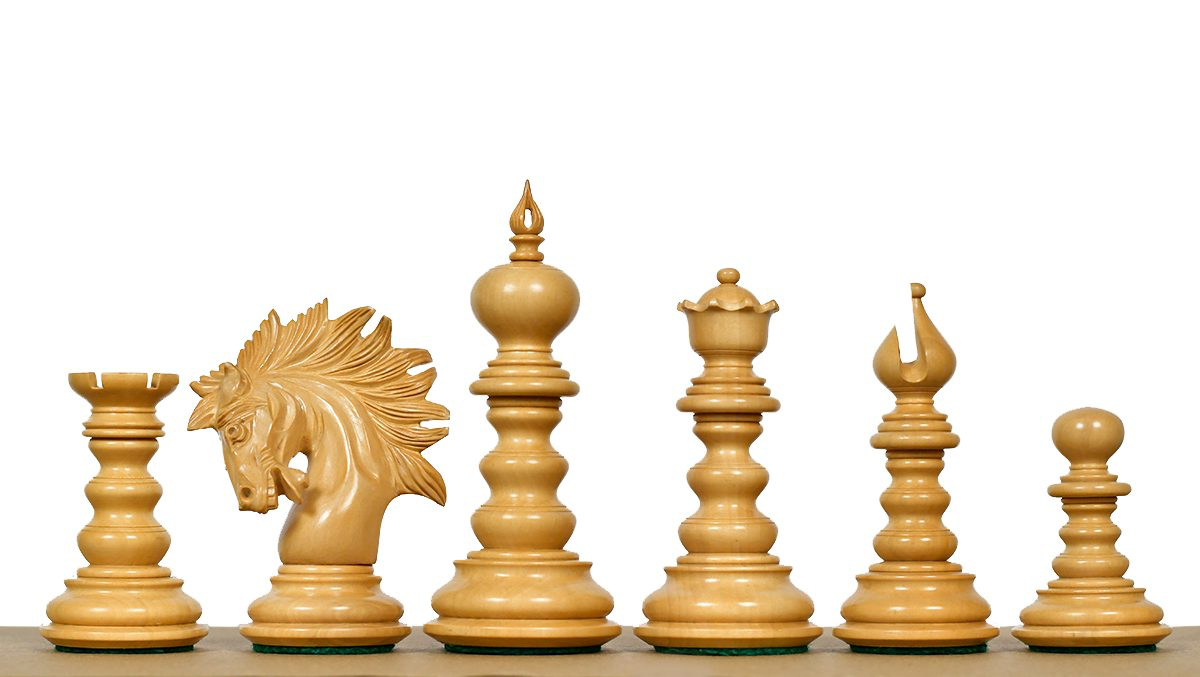
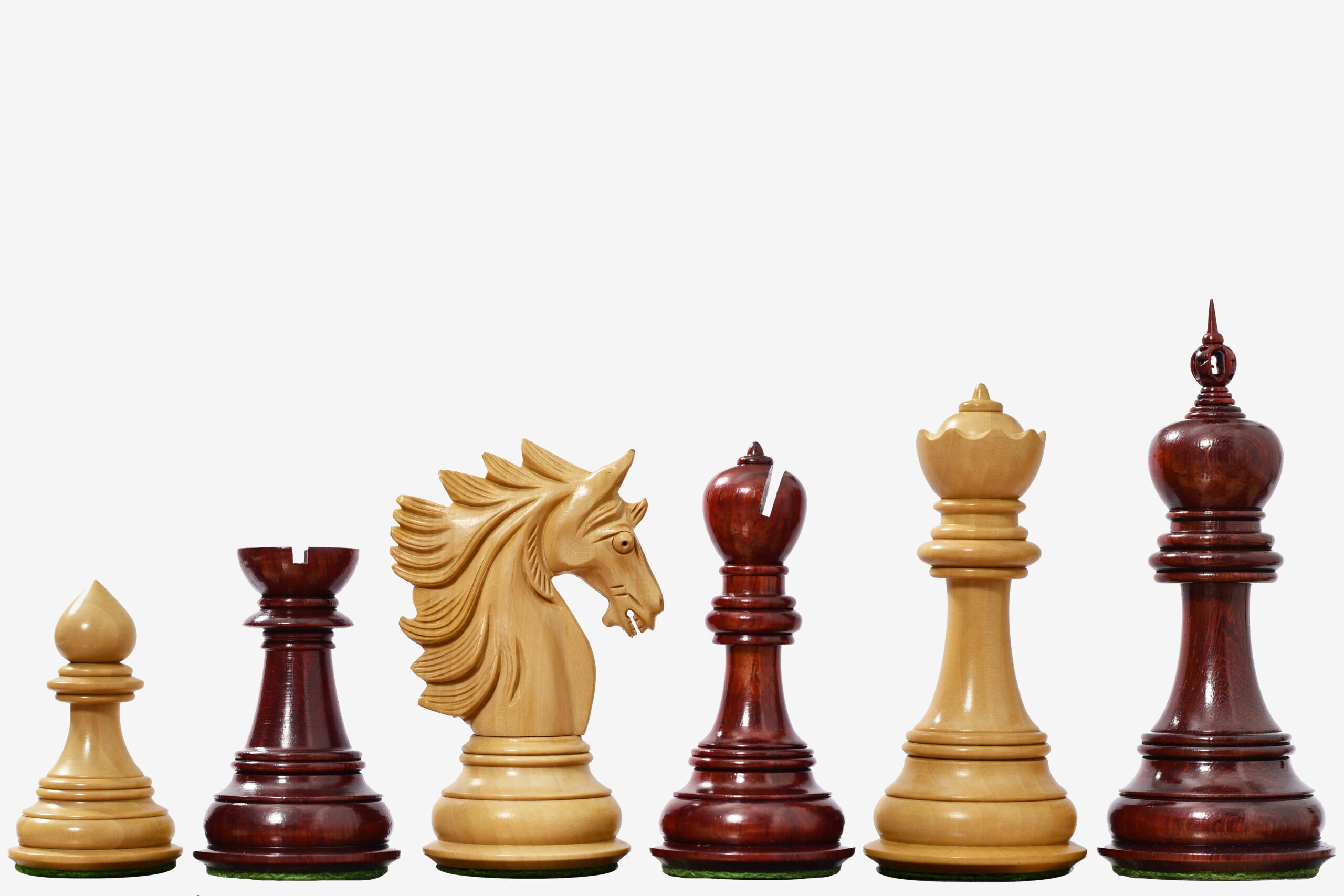
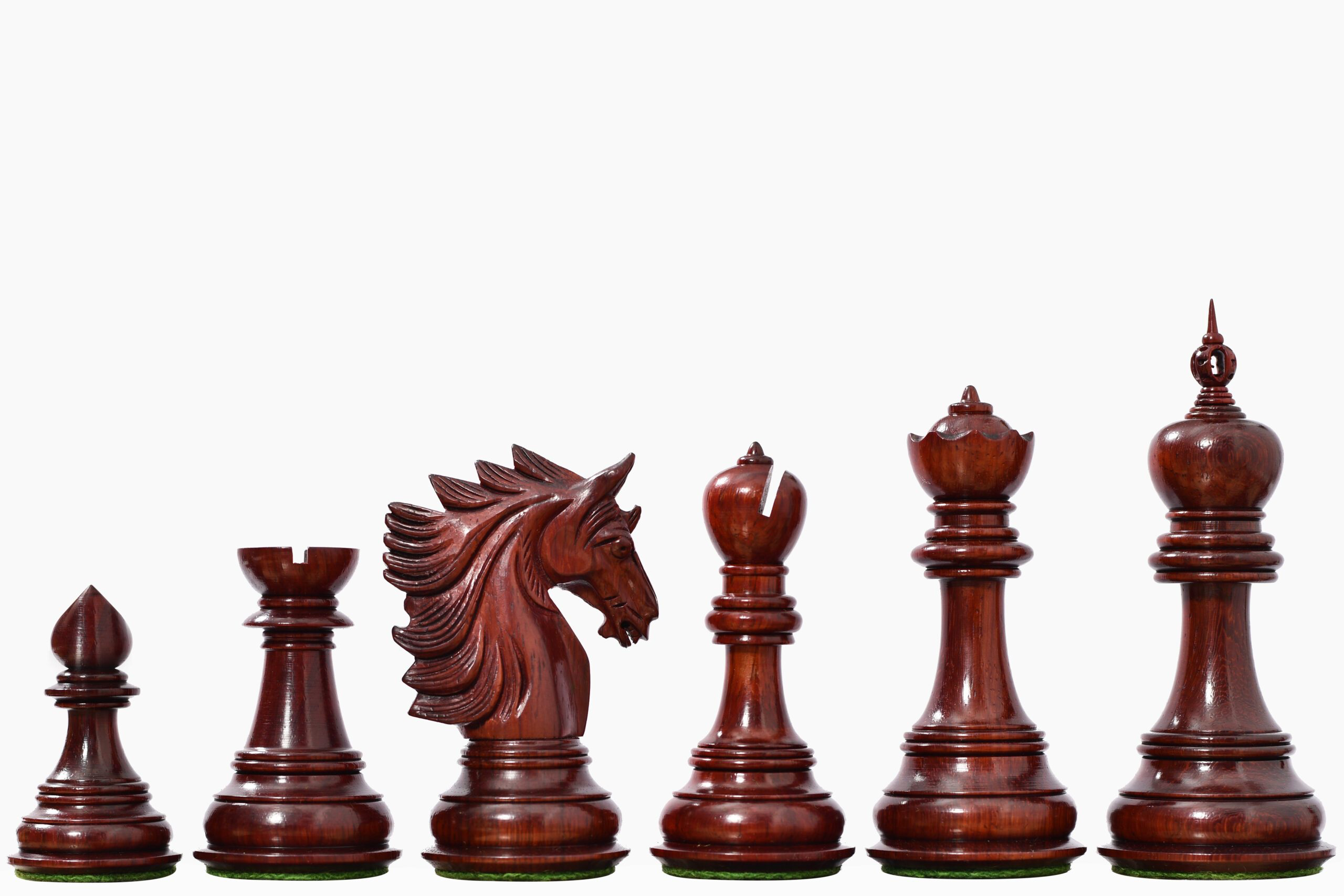
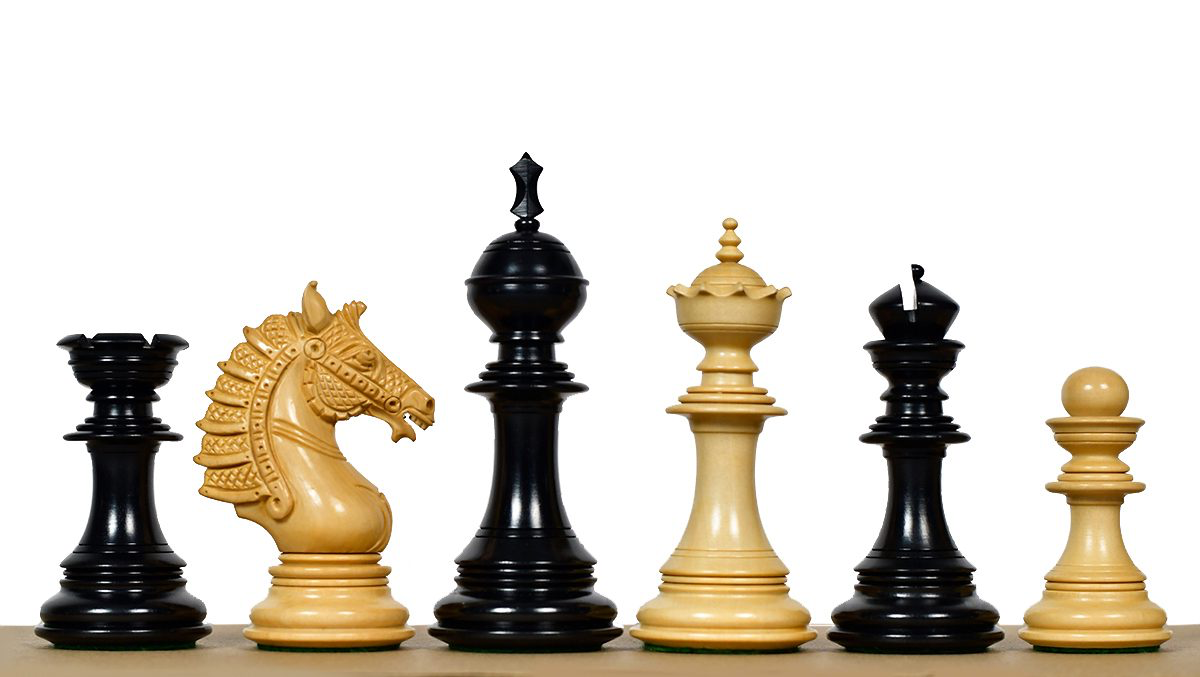
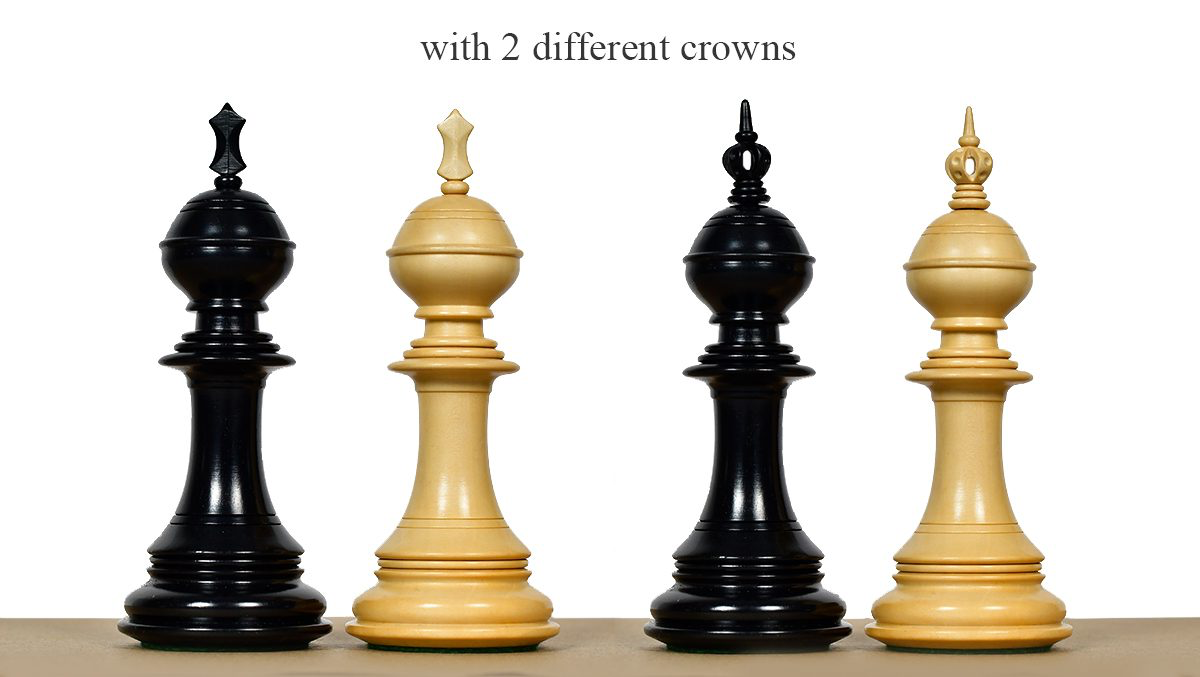
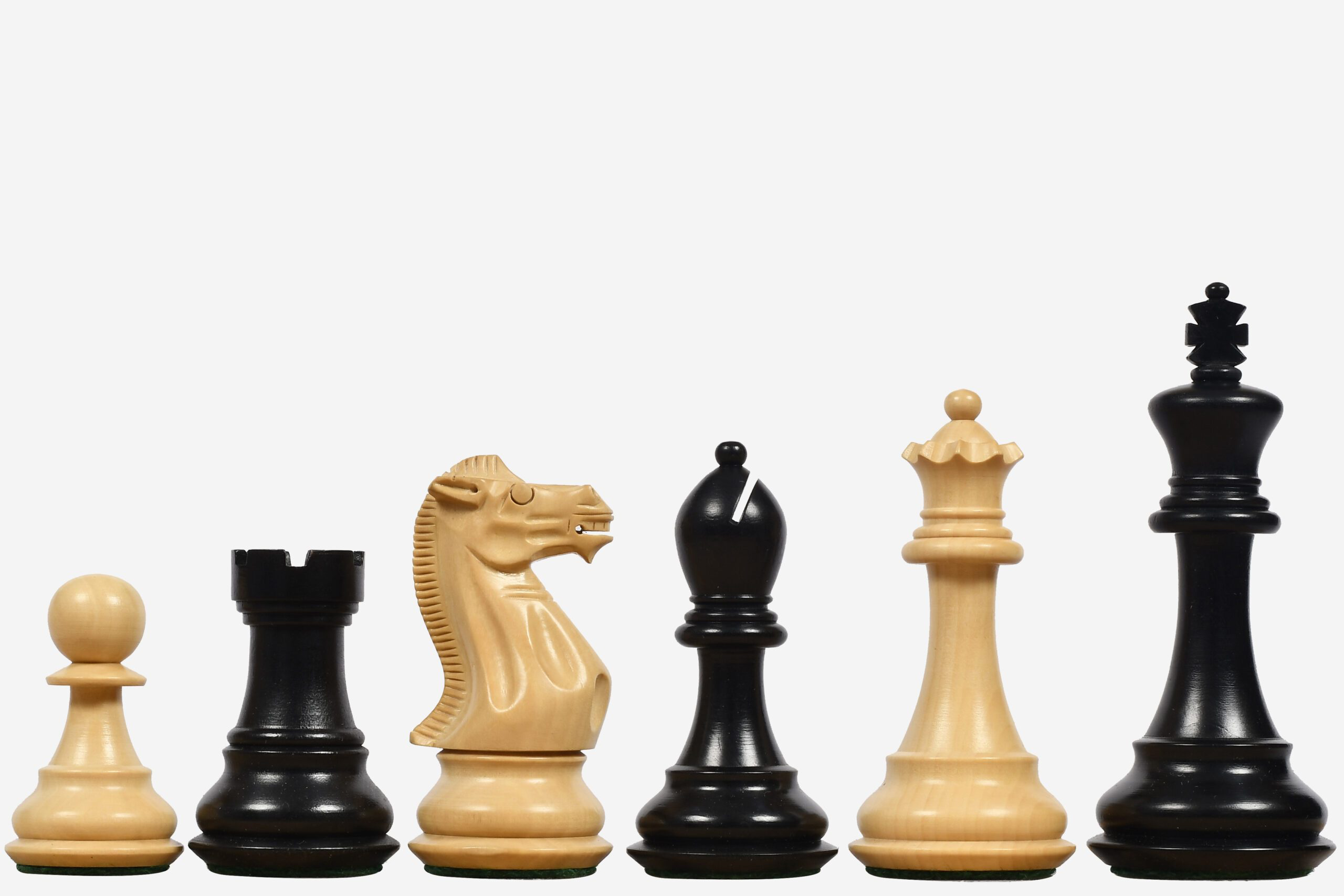
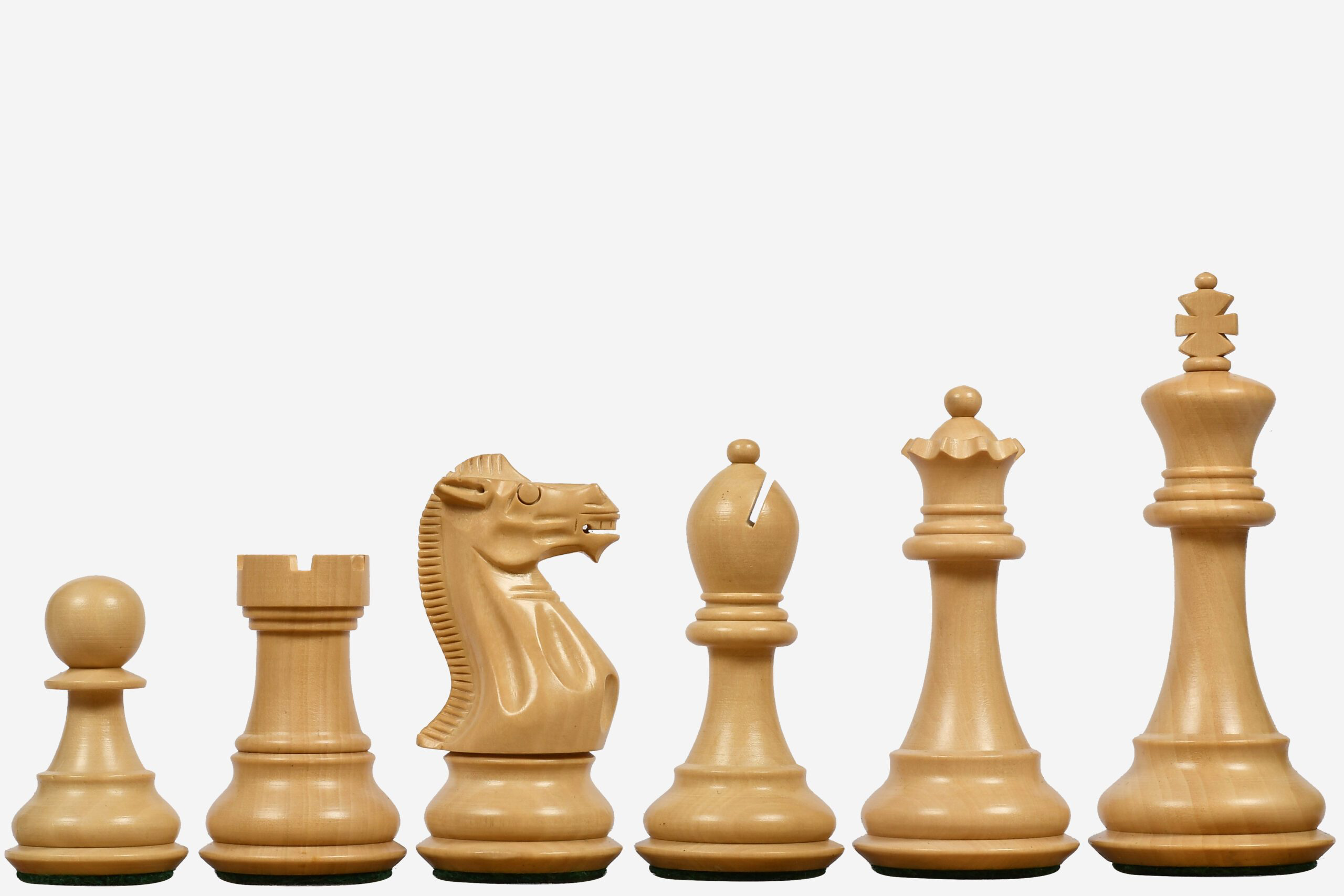
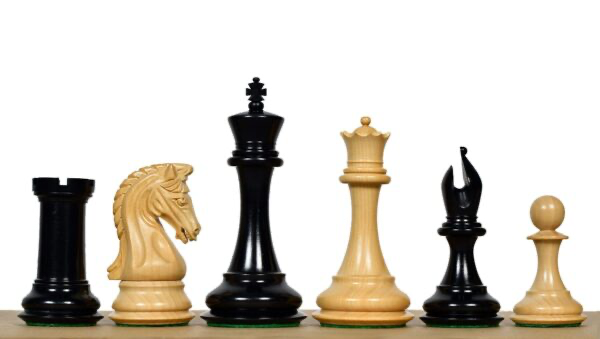
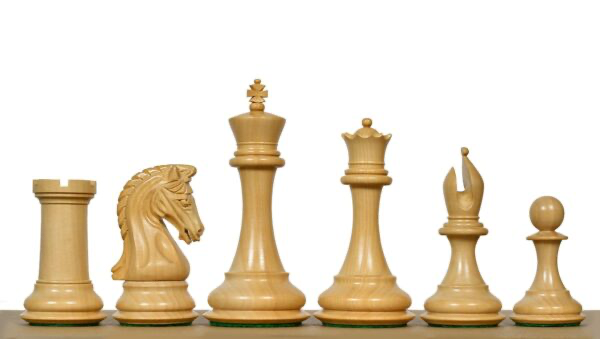
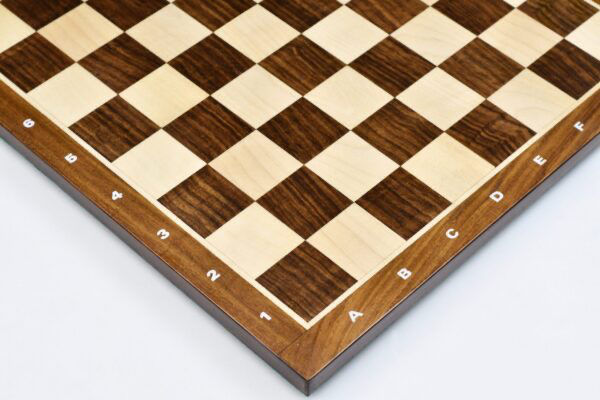
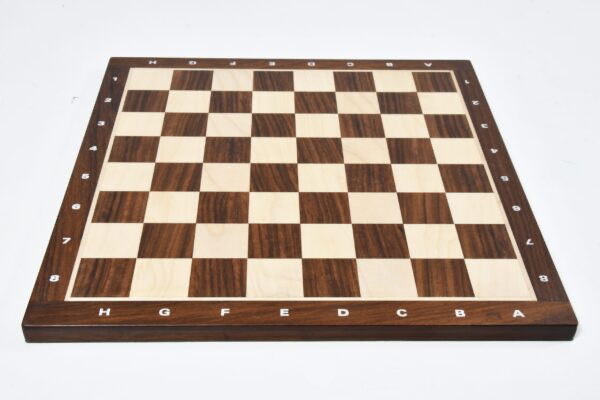
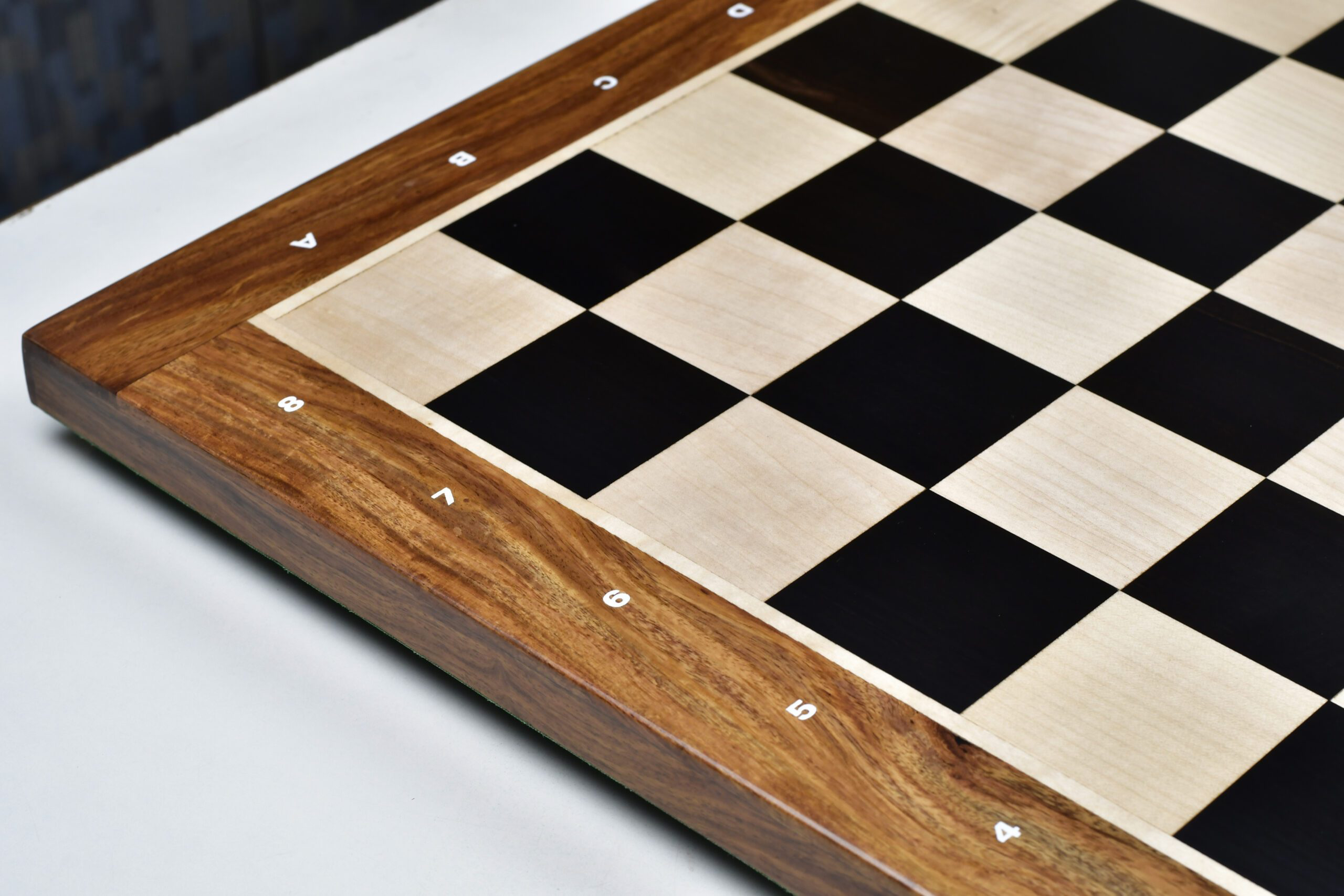



2 comments
Arlene Consiglio
What are the best ways to get a program of GO started for young people.
Arlene Consiglio
What are the best ways to get a program of GO started for young people.
Leave a comment
All comments are moderated before being published.
This site is protected by hCaptcha and the hCaptcha Privacy Policy and Terms of Service apply.